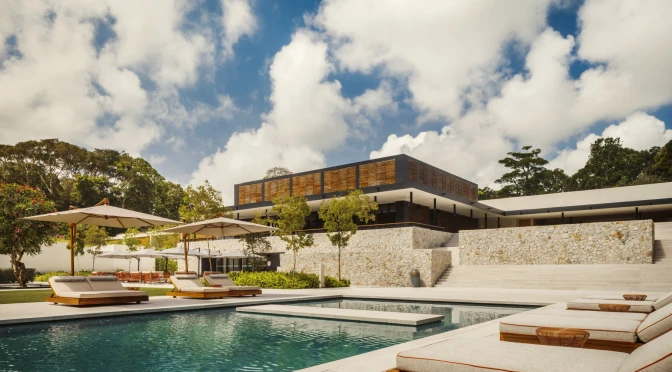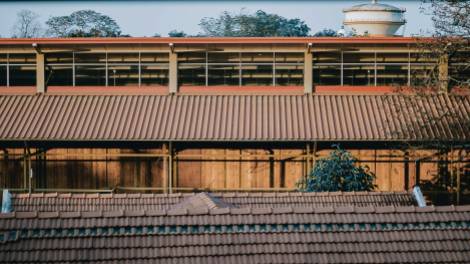In a curated series on archival texts, views, discussions and comments on the state of architecture and design education in India, Kiran Kumar & Madhuri Rao review the significance of ‘History’ in architectural education and practice of contemporary architecture as a “…..tool to operate rather than a static and canonic body of knowledge.”
The facts are really not at all like fish on the fishmonger’s slab. They are like fish swimming about in a vast and sometimes inaccessible ocean; and what the historian catches will depend, partly on chance, but mainly on what part of the ocean he chooses to fish in and what tackle he chooses to use – these two factors being, of course, determined by the kind of fish he wants to catch. By and large, the historian will get the kind of facts he wants. History means interpretation.
–E.H. Carr, What is History?
Premise
It is necessary at crucial junctures such as our present, to come to terms with change and to re-direct and accommodate shifting practices. This will ensure that architecture and history will continue to be sponsored by and for the collective. The process of evolution of the past is an engaging construct to reflect on themes – generic and those that have been susceptible to modifications. The past can become relevant and meaningful only if it becomes an anchor to our conscience, diffusing into our politics, economics and our daily mundane, not as a characteristic or stylistic manifestation but as a reflection to what has always remained relevant. Continue reading History: Narratives for Meaning and Operation →








